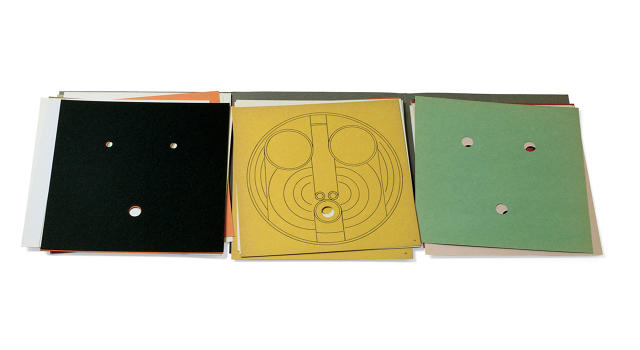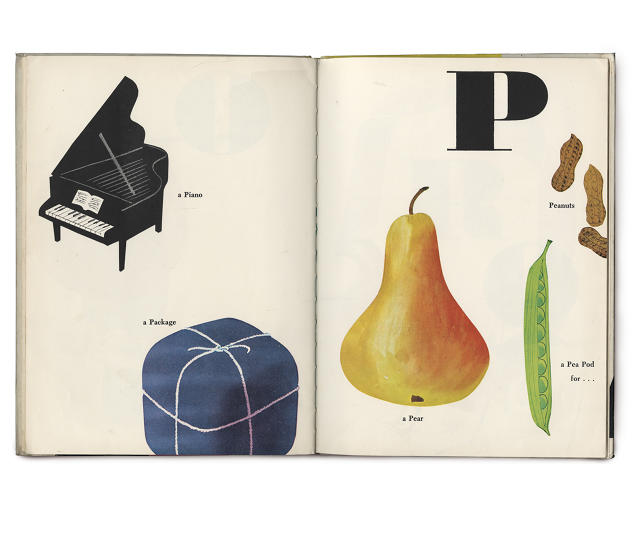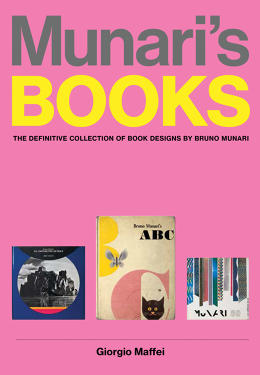Bruno Munari Will Make You Fall In Love With Books in every single place again
A Kindle isn’t any in shape for the Italian artist and photo designer’s combined-media tomes.
June 17, 2015
With some books, reading on a reveal is nearly the identical as on paper. Swipe or turn a page and you’ll see words equipped into sentences organized into paragraphs prepared into chapters. no longer so with the work of Bruno Munari (1907–1998), an artist, photograph designer, inventor, futurist, and all around maestro of visible language.
“Munari didn’t simply work on books; he was focused on and tried out the whole range of inventive possibilities (portray, sculpture, design, portraits, instructing, poetry, writing, photography, movie, leisure), however all through his profession, books had been his non-public diary during which he cited down his experiences, an authentic register of situations,” art historian Giorgio Maffei writes within the introduction to Munari’s Books: The Definitive collection of e-book Designs via Bruno Munari (Princeton Architectural Press, 2015)

Munari’s books were not simplest objects to behold, but to expertise through completely different materials, forms of binding, experimental typography, illustrations, and colors, to call among the ways and tips he employed. Maffei’s monograph shares the colourful, unconventional books Munari designed starting in 1929 until a posthumous publication from 1999.

His Libro Illeggibile collection, as an instance, was an train in making an attempt out “all visual verbal exchange choices and printing ways that didn’t involve words,” Munari described. probably the most books were sure with staples or thread and featured pages solely of prismatic paper or of tracing paper festooned with geometric strains.

in addition to exploring books as artwork objects, Munari used them to keep up a correspondence cultural concepts. In Supplemento al Dizionario Italiano (1958), he gathers pictures of common Italian hand gestures and unpacks what they imply.
Munari’s children’s books stay among the hottest and are nonetheless in print lately. In Bruno Munari’s ABC (1960), certainly one of his alphabet books, he deals a mixture of objects, leaving it open for children to construct stories around them. Munari mentioned in 1981: “These messages are usually not speculated to be finished literary tales like stories as a result of that would have a repetitive and uncreative influence on the baby…prior to it can be too late, folks need to be taught to assume, imagine, dream and be ingenious.”

“finding out Munari’s work opens the thoughts and addresses the history of design without any dogmatic prejudice,” Maffei stated in an email interview. “Munari nonetheless teaches us that there is no distinction between art and craft, and that there is no hierarchy of importance in his work.”
Maffei’s survey of Munari’s books and storytelling genius is straightforward to get misplaced in. Seeing the wealth of creativity existing in printed topic may also make you ditch your e-reader and beeline straight to the book place.
[Cover Photo: Giorgio Lotti/Archivio Giorgio Lotti/Mondadori Portfolio/Getty Images. All other images: courtesy Princeton Architectural Press]
quick company , read Full Story
(164)












